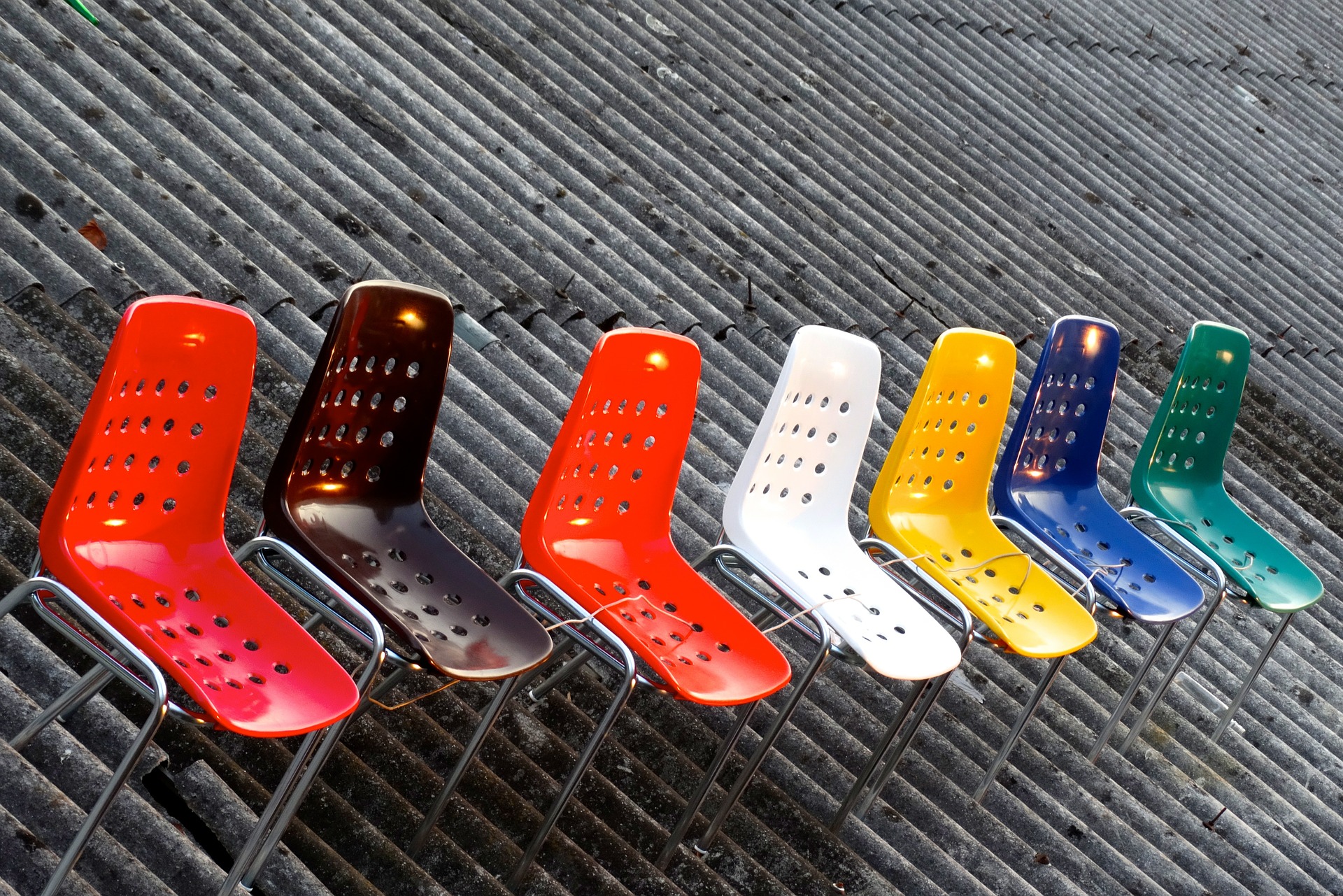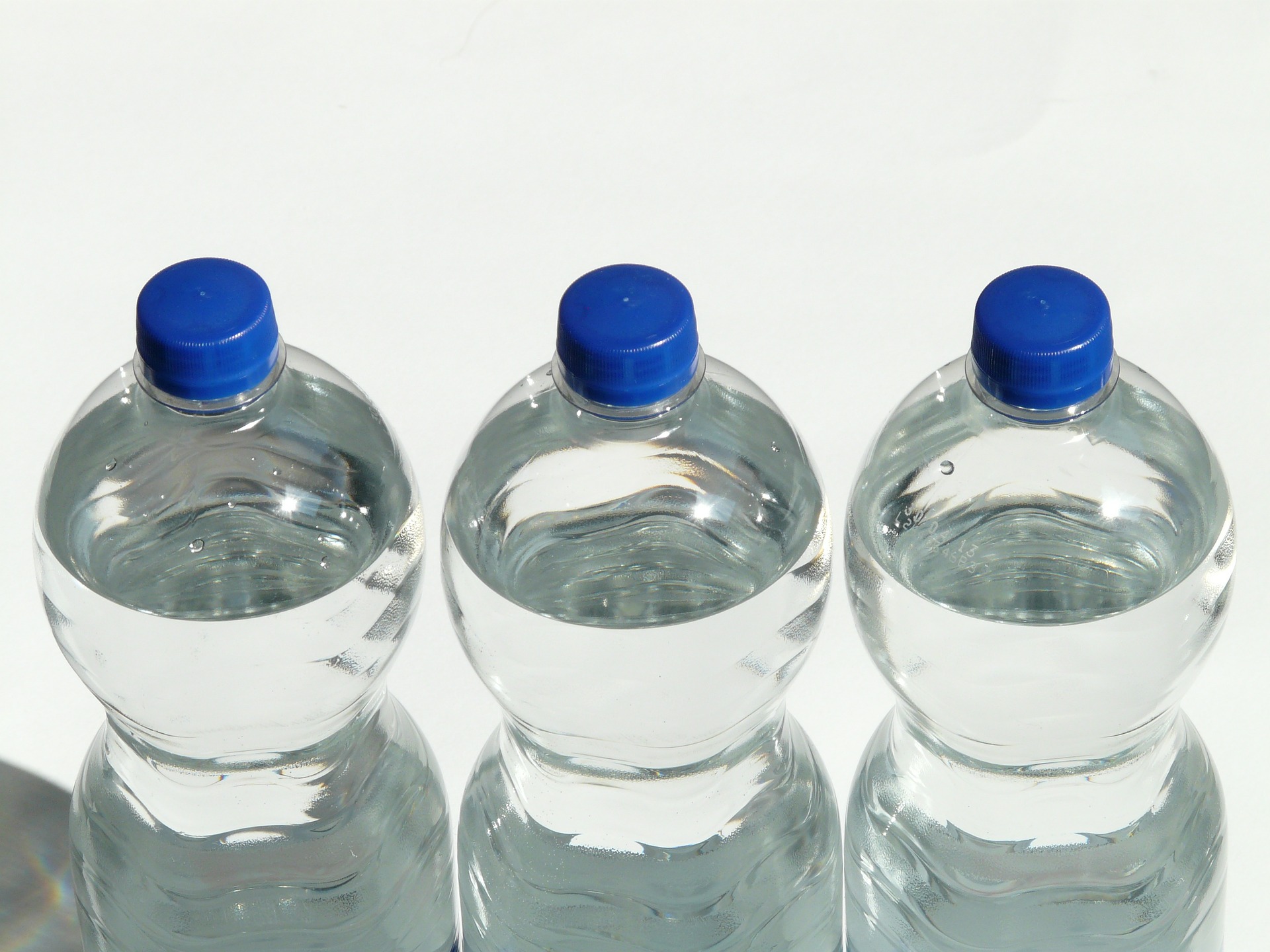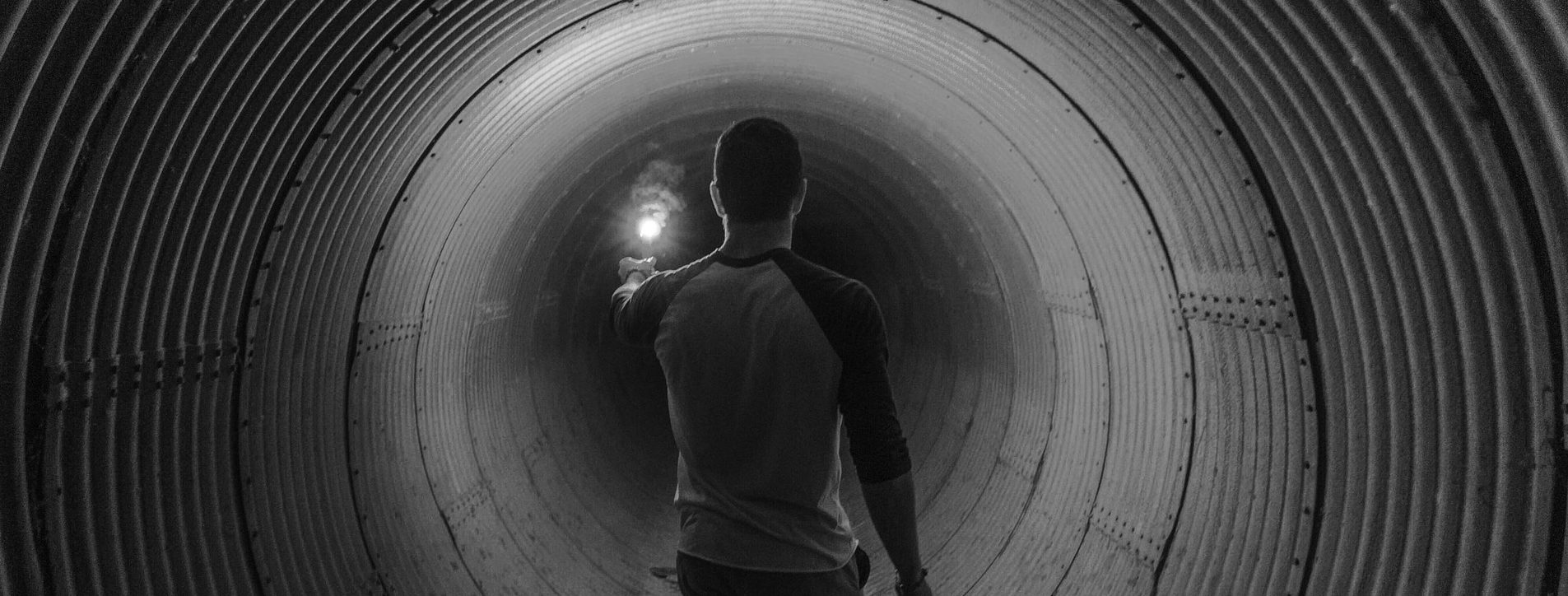Under this name, Compressed Air Best Practices® publishes case studies from various industries in order to present energy improvement practices while assessing the impact of these measures on the environment.
Industry: Injection by blowing down the masses
Problem: Stop production due to humidity in the compressed air network
Energy assessment: source, distribution and consumers of compressed air.
The factory’s compressed air system has become unsafe due to problems in the quality of finished products. Specifically, the audit identified:
- the cause of the water in the compressed air line and disposal solution;
- consumption of compressed air per unit of production;
- changing patterns of consumption as a result of the introduction of new equipment into production;
- an efficient compressor algorithm;
The compressed air source – one of the two compressors worked quite efficiently, but due to the fact that it is sized 2.5 times more than the necessary consumption and in addition, it worked at a high pressure in the “unload” phase, never touched more 50% of the load capacity (duty-cycle less than 50%).
The compressed air quality – the two dryers each served one compressor, but none functioned properly. The air demand in the factory does not exceed the capacity of a dryer, and the maintenance cost does not justify keeping both dryers.
Stability – is usually a topic rarely approached in the design of the compressed air system. The pressure in the system varies by more than 0.55 bar, with production management indicating that it is an established condition for the installation of the production equipment.
In an ideal situation, compressors work according to the demand for compressed air, below the upper limit, but at a sufficient pressure to meet production needs, according to a consumption pattern that builds over time.
Reliability of the system – ensures continuity of production, regardless of the nature of incidents from the source or distribution network. In the existing configuration, stopping a compressor means the pressure drop to the alarm level.
Reliability and stability of the compressed air system depend on the strengthening of working pressure in production, the existence of a storage tank buffer and efficient compressor control – a working algorithm provided by a controller that efficiently manages demand and consumption.
Conclusion – The two existing compressors are dimensioned far beyond the plant’s needs to be economically efficient.
Not only does it consume more energy, but their cost of maintenance = the cost of maintenance if the plant uses twice as much compressed air!
Other recommendations: removing driers, integrating a single compressor with built-in dryer, and air control through a controller.









